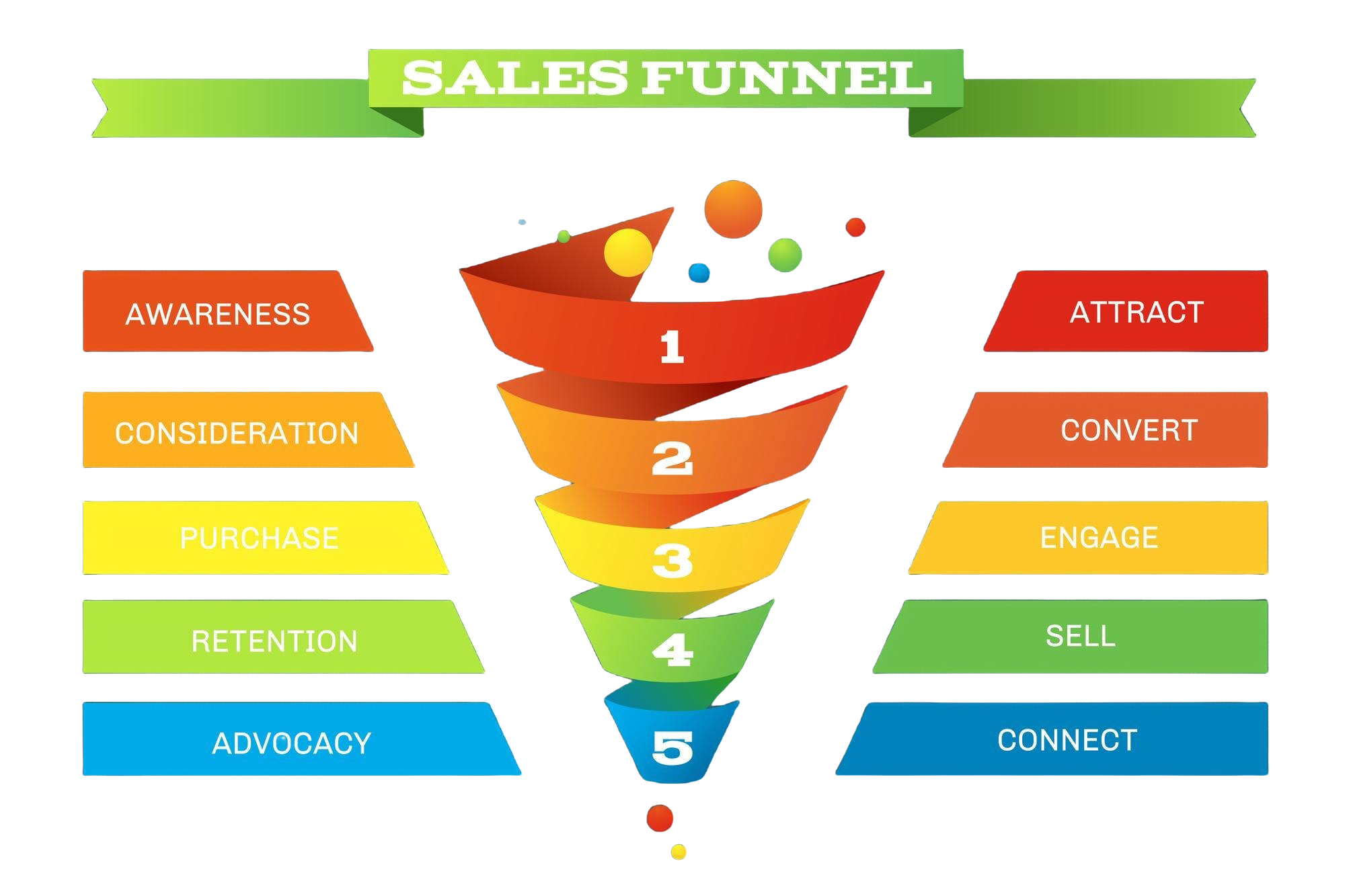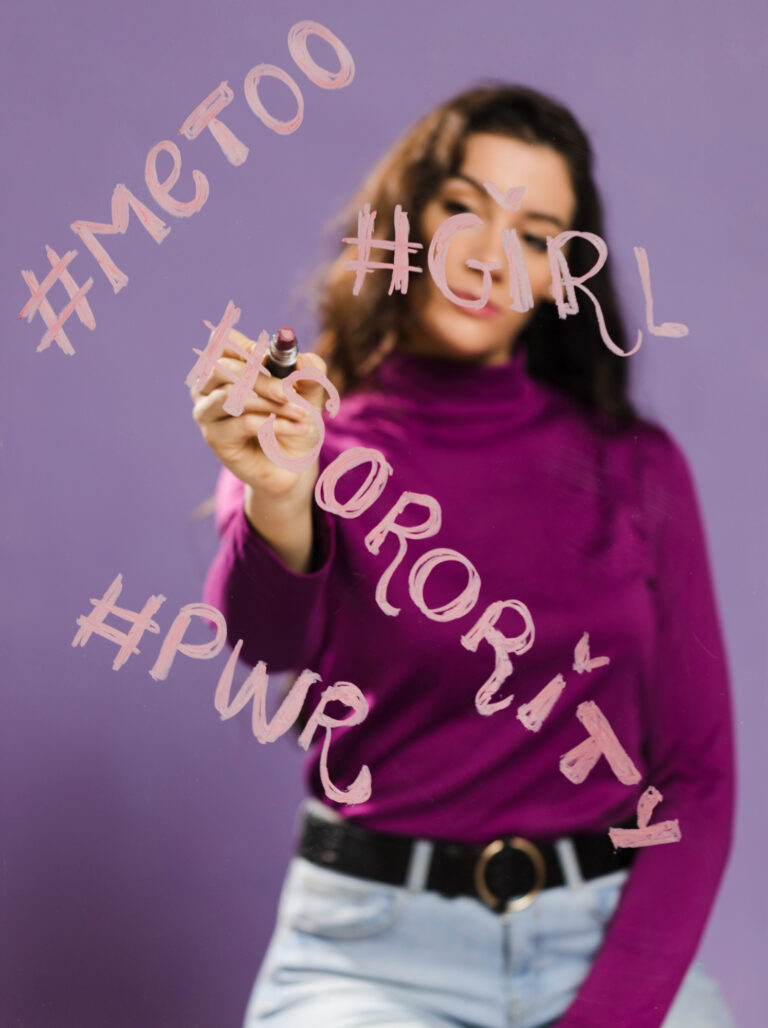In today’s hyper-competitive world, businesses striving for success must prioritize personalization throughout their sales funnel. Personalization isn’t just a buzzword; it’s a strategic imperative. With a decade of experience in digital marketing and sales funnels, I’m here to guide you through the intricacies of personalizing the sales funnel experience to boost conversions.
What is a sales funnel?
Before diving into the world of personalization, let’s ensure we’re on the same page regarding the sales funnel. The sales funnel is a visual representation of the customer journey, depicting the stages a prospect goes through before becoming a customer. The traditional stages are:
- Awareness: Prospects become aware of your brand, product, or service.
- Interest: They express interest and seek more information.
- Consideration: Prospects evaluate your offerings.
- Intent: They intend to make a purchase.
- Purchase: Prospects become customers.
- Post-Purchase: Building customer loyalty and encouraging repeat business.
Each stage presents opportunities for personalization.
What exactly do I mean by Personalization?
Personalization is about tailoring the customer experience to individual preferences and behaviors. It’s not merely addressing a person by their first name in an email; it’s about understanding their needs, desires, and pain points and crafting a unique journey for them. Here’s why personalization matters:
- It ensures enhanced customer engagement – Personalized content and offers are more engaging. When a prospect feels that your brand understands them, they are more likely to stay engaged throughout the funnel.
- Improved conversion rates – A personalized sales funnel increases conversion rates. When prospects receive content and offers aligned with their interests, they are more likely to take the desired action, whether it’s signing up for a newsletter, requesting a demo, or making a purchase.
- Higher Customer Retention – Personalization isn’t just for acquiring customers; it’s essential for retaining them. A personalized post-purchase experience, such as tailored product recommendations or loyalty rewards, keeps customers coming back.
Implementing Personalization Throughout the Sales Funnel
Now that we’ve established the significance of personalization, let’s explore how to implement it effectively at each stage of the sales funnel.
- Awareness Stage
– Customized Content: Use data and analytics to understand your target audience’s interests. Create blog posts, videos, or social media content tailored to their preferences.
– Targeted Ads: Utilize paid advertising platforms to display ads to specific demographic segments.
- Interest Stage
– Personalized Email Campaigns: Segment your email list based on user behavior and preferences. Send targeted emails with relevant content.
– Interactive Content: Offer quizzes, assessments, or webinars that cater to the prospect’s needs.
- Consideration Stage
– Product Recommendations: Implement recommendation engines that suggest products or services based on the prospect’s browsing and purchase history.
– Case Studies and Reviews: Share case studies or customer reviews that resonate with the prospect’s pain points.
- Intent Stage
– Abandoned Cart Recovery: Send personalized emails to remind customers about items left in their carts, offering incentives or discounts.
– Live Chat Support: Provide real-time assistance to answer questions and address concerns.
- Purchase Stage
– Customized Checkout Process: Simplify the checkout process by pre-filling information when possible, reducing friction.
– Upselling and Cross-selling: Recommend complementary products or services during the purchase.
- Post-Purchase Stage
– Thank You Personalization: Send personalized thank-you emails or messages.
– Exclusive Offers: Provide exclusive discounts or rewards for repeat purchases.
Leveraging Data and Technology
Personalization relies heavily on data and technology. Here are key tools and practices to maximize personalization:
- Gather data on customer behavior, preferences, and demographics.
- Use Customer Relationship Management systems to track and segment leads and customers.
- Implement marketing automation tools to deliver personalized content at scale.
- Utilize AI and machine learning algorithms to analyze data and make personalized recommendations.
- Continuously test personalized content and offers to optimize results. The A/B testing strategy will be very helpful at this stage
Note that while personalization can significantly boost conversions, it’s vital to prioritize ethics and data privacy. Always obtain consent for data collection, be transparent about data usage, and adhere to relevant regulations, such as GDPR or CCPA.
In conclusion, personalizing the sales funnel experience is not an option; it’s a necessity in the digital marketing landscape. By understanding your audience, leveraging data and technology, and maintaining ethical standards, you can create a sales funnel that resonates with prospects and drives higher conversions. When you make customers feel valued and understood, you’ll not only increase conversions but also build long-lasting relationships that drive business success. Remember, personalization isn’t a one-time effort; it’s an ongoing commitment to delivering exceptional customer experiences.




